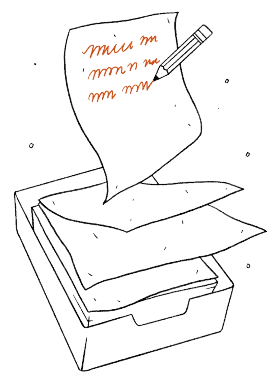
July 6: Day 1 Intro to Refugee Book Talk. Welcome! Please read through this post and be sure to download the book study calendar. We’d love it if you commented in the discussion about who you are, where and what grade(s) you teach.
Please also sh
are ideas you have about introducing the novel to prepare students with needed background knowledge and to build excitement before reading.<br><br>Refugee by Alan Gratz follows the narratives of 3 stories that are deeply connected even though the characters are separated by time and geography. It might be beneficial to do a preliminary survey with your students to check their knowledge of issues and circumstances that fuel each character’s journey. <br><br>For example, you might want to check student understanding of events leading up to the Holocaust, Fidel Castro’s leadership and Cuba’s economic struggles in the mid 20th Century as well as what the Arab Spring meant for Syria before and after it occurred. <br><br>Here are some resources to help enrich the stories of the 3 characters: <br><br>Understanding the Holocaust:<br><br>https://www.un.org/en/holocaustremembrance/PDF/Introduction%20to%20the%… the Cuban Refugee Crisis:<br><br>https://www.pbs.org/wgbh/americanexperience/features/castro-cuban-exile… Arab Spring in Syria<br><br>https://www.aljazeera.com/news/2016/05/syria-civil-war-explained-160505… also invite you to familiarize yourself with Project Home: A Guided Exploration of the Issues and Actions Regarding Refugees: <br><br>https://www.rock-your-world.org/project-home on the Rock Your World website: https://www.rock-your-world.org. <br><br>Scholastic has a discussion guide that includes some key terms that you might want to preview with students before reading as well. <br><br>https://www.scholastic.com/content/dam/teachers/lesson-plans/17-18/Refu… have broken down the reading to cover six chapters a day over the next two weeks. The calendar is attached to this thread. Since the novel alternates between the three stories of Josef, Isabel, and Mahmoud, we will cover two chapters related to each character for each discussion. <br><br>We invite you to consider the following for each post:<br><br>What resonates for you as a reader? What do you think will resonate with your students?<br>How might you engage your students in this section of the novel?<br>What activities, teaching points, discussion questions might you use?








Hello! I am Tricia Baldes, an 8th grade ELA teacher in Westchester County, NY, and I’m also part of the Rock Your World educational team. One of the first things I think I would do before starting reading Refugee with a class or small group would be to poll them somehow to see what, if any, background knowledge students have about the three historical time periods in the novel. After assessing this, I could envision putting together groups and using a Jigsaw Strategy (as explained here: https://www.inquisitive.com/blog/2019/03/27/visible-thinking/#Jigsaw-St…) to put students at the center of an inquiry about an assigned time period. Aside from establishing some background knowledge, I’d also want to hook students and build some excitement about reading the book. One thought I had was using one or more of the films from Unicef’s “Unfairy Tales” series. The Rock Your World team used the film Malak and the Boat - https://www.youtube.com/watch?v=2UMjSZaMY2Y - as the center for the Project Home Curriculum, so this might be a good place to start. I might frame this by asking students to consider these questions: What does this film suggest about the experience of a child refugee? What does this film make you wonder about the experience of a child refugee?So, that’s my initial thinking. As I prep to reread this book, I anticipate that I might have additional ideas once I start!
Hiya! Tricia, I love your pre-reading suggestions. I'm Jess Burnquist, a former high school English teacher. I left the classroom to direct Rock Your World and other educational programming at Creative Visions. I think that a KWL about what students know regarding The Holocaust, The Cuban Refugee Crisis and Raft Migration from the 80s and 90s, and the Arab Spring (specifically how it pertains to Syria) would be an excellent way to identify where supplementary reading/viewing may come in handy. Of course, I would also recommend spending some time with Articles 13, 14 and 15 of the Universal Declaration of Human Rights. There's a great introduction to this document on the website Rock Your World: https://www.rock-your-world.org/lesson-1-understanding-UDHR-human-rights. These 3 articles in particular have to do with refugees, migrants, and asylum seeking. Creating time for student journaling and discussion about personal or observed experiences will help to set the stage for the book, and perhaps add a nuanced approach to empathy building as well. Like Tricia, I'm sure I'll think of more things once we begin!